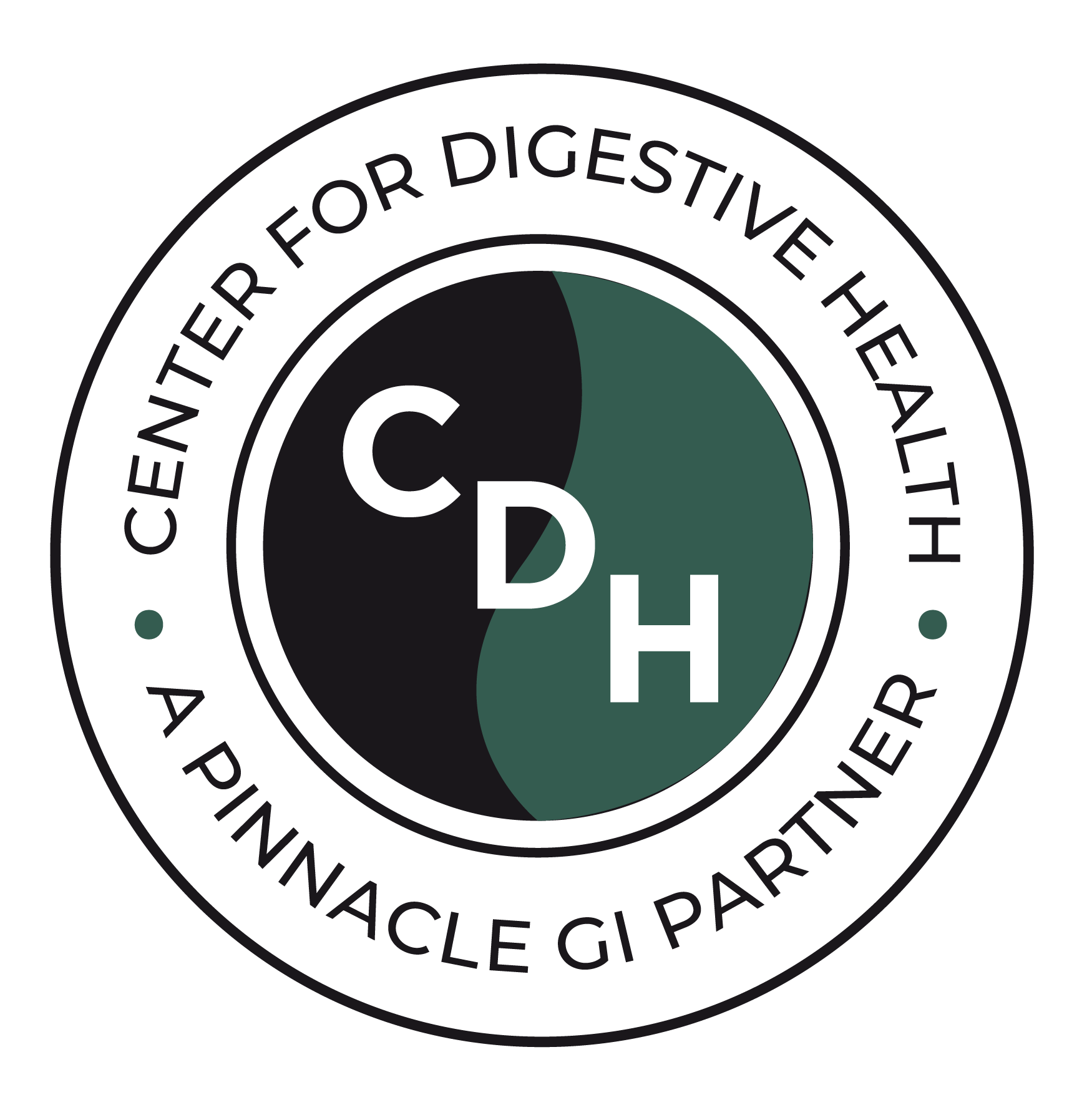
The stomach normally contracts about three times each minute. But for those who suffer from gastroparesis, contractions are much slower and less frequent. Most people’s stomach completely empties between 90 minutes and two hours after meals. When food is not digested properly it can lead to serious symptoms and conditions like dehydration or malnutrition. Eating and lifestyle changes can be beneficial for reducing symptoms and maintaining an adequate intake of fluids and nutrition. While there isn’t an official gastroparesis diet, making some changes in how you eat can help make a difference. You may also want to visit with a dietician who can help you find out which foods work best for you. Here are a few tips to help you manage food intake and hopefully reduce symptoms.
How to Prepare and Eat Foods
The goal for those suffering from gastroparesis is to reduce symptoms and get enough nutrition. Each person is different so working closely with your GI specialist and a dietitian is helpful. Here are a few suggestions to discuss with them.
Eat Smaller Meals More Frequently
Try spacing your meals out throughout the day. If you do not put as much in your stomach at one time, it may swell less and empty faster. Small meals should be between one and one and a half cups each.
Choose Healthy Foods First
Try not to fill up on foods with empty calories like snacks and desserts. Nutrition is important so choose healthier options.
Blended Meals and Liquids
LIquids can move through your stomach faster than solids. Using a blender to process foods can make them easier to digest. Use water, juice, broth, milk, or milk alternatives to process foods. Make sure to include a variety of nutritious foods and meat, chicken, or fish.
Eat Less Fat and Fiber
Fiber and fat both tend to slow the process of stomach emptying. Most of the time, you should feel okay if you only eat two to three grams of fiber with your meals. Fats should be kept between 30 and 50 grams or less each day.
Add Higher-fat Drinks
For some people, their stomach does okay with liquid fat. If you can handle liquid fats, try drinking some of your calories.
Chew Foods Well
Your stomach has a more difficult time digesting solid foods. Chew your food so that it is about the consistency of mashed potatoes before swallowing.
Hydrate, Hydrate, Hydrate!
Drink plenty of water and other liquids throughout the day to stay hydrated. When you become dehydrated, your nausea can worsen. If your symptoms include vomiting, your GI specialist or dietician may recommend sports drinks or something else with electrolytes to help you hydrate.
Eat Solid Foods Early
Try eating solid foods first thing in the mornings and softer or liquid meals later in the day. Sometimes, your GI specialist may recommend going on an all-liquid diet.
What to Eat During Gastroparesis Recovery
When you’ve had a rough patch and are recovering from gastroparesis, you may benefit from a multi-phase diet. There are three phases that gradually reintroduce foods to your system. The three recovery phases include:
- Phase 1: Consume mostly broth, bullion, soups, and vegetable juices.
- Phase 2: Gradually work up to soups with noodles or crackers. Maybe try cheese and peanut butter in small quantities.
- Phase 3: Eat soft, starches that are easy to chew as well as soft sources of protein like fish and poultry.
Discuss the Gastroparesis Diet with Your GI Specialist
If you were recently diagnosed with gastroparesis, you’ll want to take it slow and easy. Be patient with the process as you discover new eating and living habits. Discuss your eating regimen with a GI Specialist at Pinnacle GI Partners. If you experience a flare-up, contact our GI specialists. If you go to an ER or Urgent Care facility, you may be given a prescription for pain medications. Many times, these narcotics do not work or provide temporary relief. However, they can also cause delays in the healing process. Feel free to contact us to discuss any concerns or questions you may have.

